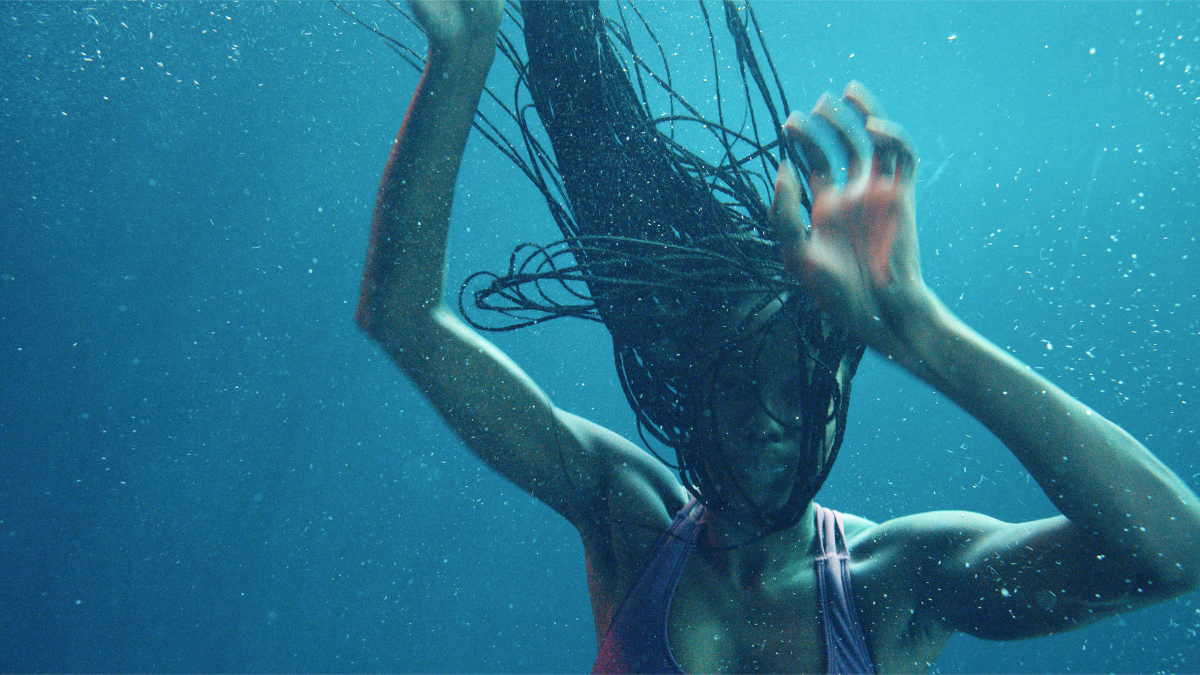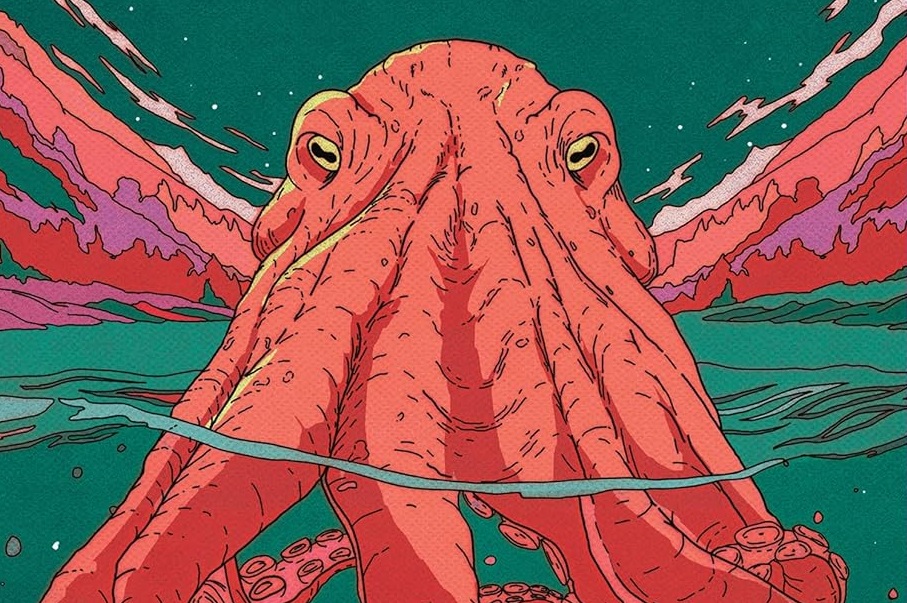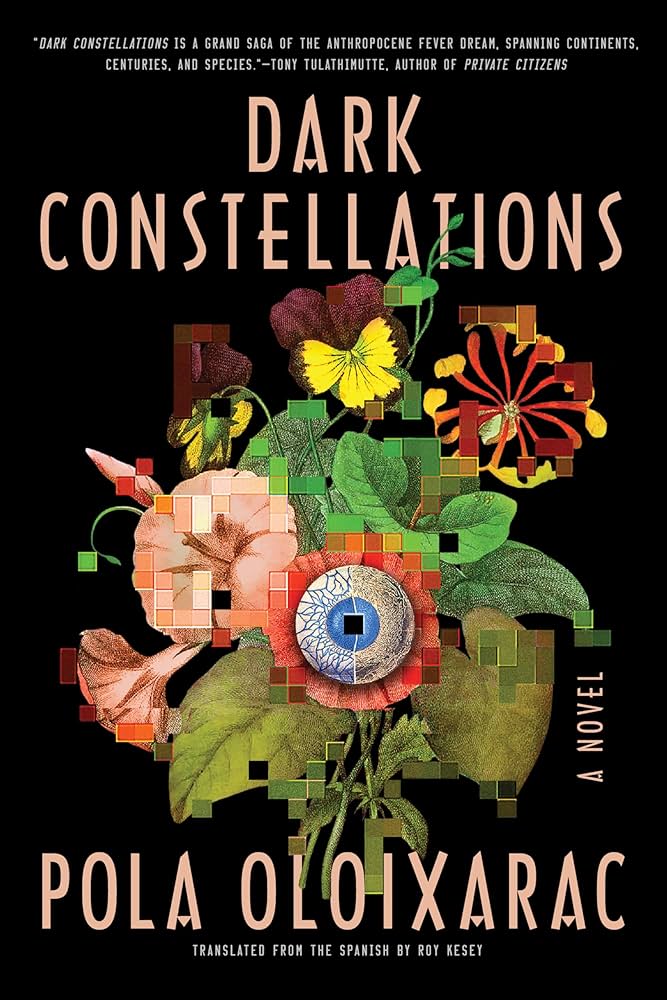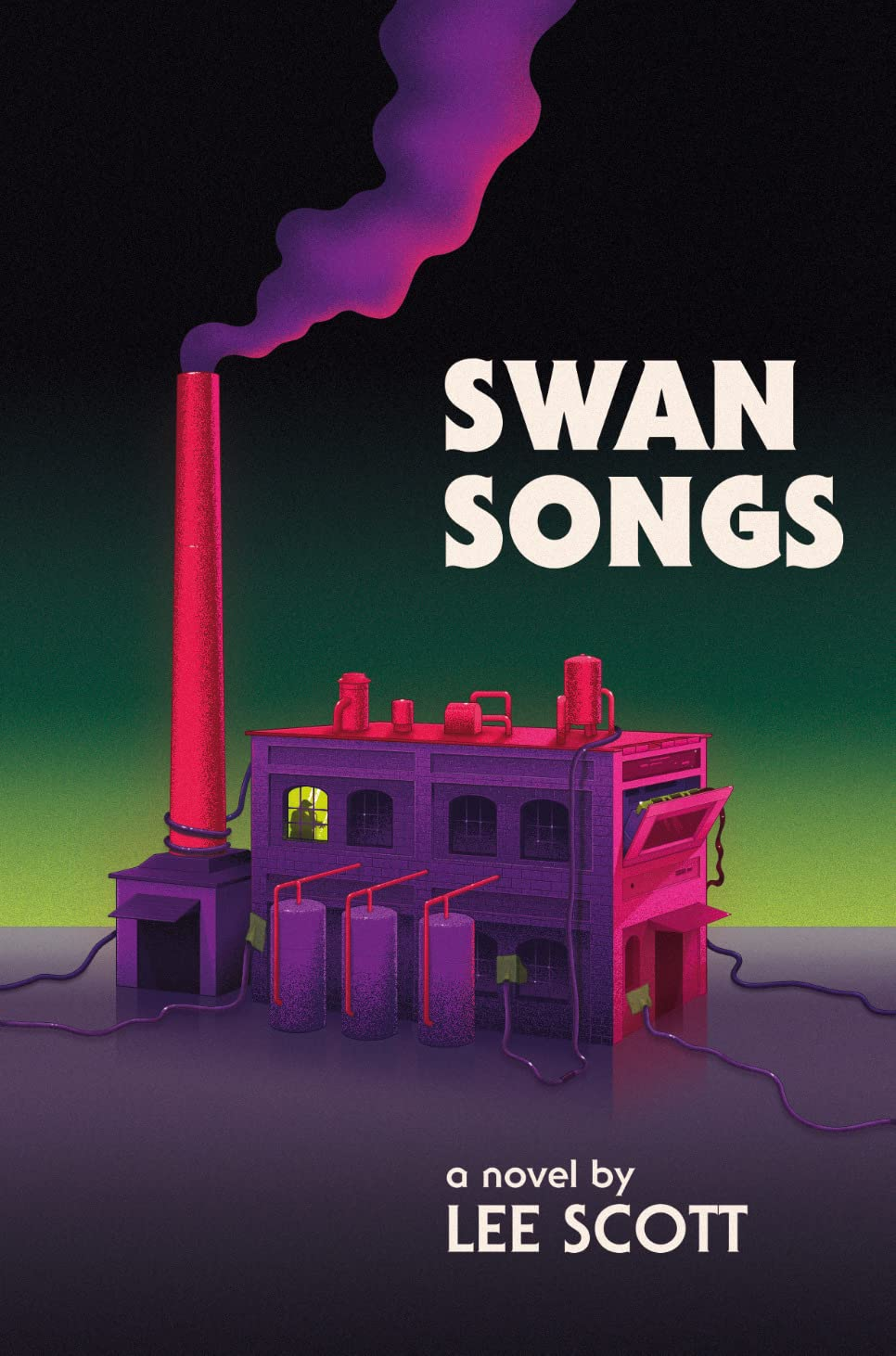Written by Alex Carabine, our resident horror fan.

I only just watched the film Nanny (2022) last night, and I’m still haunted by it. It has an eerie, dreamy quality that provokes questions but doesn’t really offer definitive answers, so I’m going to ponder my way through this review. There won’t be spoilers in the first part of this musing blog, but when (mild) spoilers are coming I will warn you! I do not, however, give the ending away, so no fear there.
Aisha is a young woman from Senagal who moved to New York to find work. She is the eponymous nanny, who looks after a white, American couple’s daughter in order to save the money she needs to bring her own son to America.
The imagery of the film is exceptional, the shots are beautifully constructed and Aisha’s sense of displacement and loneliness are palpable. There are often scenes of her, alone in the privacy of a bed or a bathroom, gazing into the middle distance or softly singing lullabies to videos of her son. In company she is composed and assertive, though she has a cautious way of observing conversations as much as taking part in them.
It’s wonderful to see a black, female protagonist’s perspective in cinema and even more refreshing when you consider that the director – Nikyatu Jusu – is a black woman. This brings a sense of lived experience to the film, offering a view of Aisha constructed by the black, female gaze. The ways in which Hollywood has failed women is myriad and well known, but, historically, western cinema and TV have failed their black characters in even more insidious ways. This can be through obvious forms such as the depiction of flattened characters who are racial stereotypes (the angry black female friend of the white protagonist, for example), but it can occur even in the way a film is constructed. One such expression of subtle and unconscious racism is lighting, as the cameras and lights are set up to make the white characters flawless, but which incidentally make the black actors difficult to read on the screen.
In Nanny, Aisha is always beautifully, deliberately lit: when the scene calls for darkness and obscurity, she is visible even as she dissolves symbolically into the shadows. In moments of mental clarity, her dark complexion is hit with luminous highlights of golden radiance. If a scene calls for nudity, it is sensitively handled and represented on the screen in a way that speaks of art, not prurience. This film is utterly captivating.
But what makes it speculative fiction?

There are flashes of horror and altered reality flickering through the scenes, where Aisha’s mental anguish becomes literally visible in moments of distorted reality. She hallucinates, or has visions, or daydreams, or loses time. The tension builds with each disturbance of the real world, and even as one is rooting for Aisha and longing for her to be reunited with her son, her mental instability – her experiences of an altered reality? – fill the viewer with fear for Rosie, the little girl whose parents have no time for her, but whose Nanny is slowly coming apart at the seams. The narrative hinges between sympathy for Aisha and anxiety for Rosie, and the plot provokes questions about power and affection, about the role of these (black) women in (white) families who are expected to play the mother’s part without growing attached to the child. We see Rosie’s mother’s jealousy and hurt when her daughter runs to Aisha for comfort. Aisha phones her cousin who is caring for her own son in Senegal, and her cousin gently points out that Aisha never asks about her cousin’s well-being. No one is infallible, and the difficulties of motherhood are held up for view, not judgement, and we see the ways in which race, nationality and socioeconomic background fractures families and torments women.
So far, this description of the film represents a fairly standard emotional thriller that hinges on the power dynamics of families, with horror tropes used to express the mental anguish of the characters. However, Nanny does something fresh and new for such thrillers: it includes West African legends as part of its iconography of symbols, used to break apart the myth of the American Dream.
(Mild spoilers ahead.)
We hear Aisha tell tales of Anansi to Rosie, and as Aisha’s mental state deteriorates, we see her plagued by tiny spiders in her sleep. Rosie becomes temperamental, and blames the trickster spider Anansi for her difficult behaviour.

And then, there’s the mermaid imagery. There has been a great deal of furore in the media this past year about the casting of Halle Bailey, a black actress, in the role of Ariel in The Little Mermaid. So many (white) people have declared in comment sections that mermaids cannot be black. But there have always been black mermaids, and this was even a topic discussed by Jalondra A. Davis in the final author event of CRSF 2022. In particular, there is Mami Wata, an African ocean goddess associated with snakes and mermaid tails. And this goddess appears in the peripheries of Nanny, peering out of the Hudson, or swimming beneath the surface of a pool. She watches Aisha, and Aisha dreams of drowning.
Unfortunately, the plot of Nanny doesn’t quite develop these motifs as far as it could. The seeds are all there, in the décor of her employer’s flat with its teal-coloured walls and even a nautilus shell nightlight for Rosie. We see golden images of Aisha bathing her baby in a sink, its adorably chubby hands reaching for the stream of water. The intuitive consultant Aisha asks for help has a painting of Mami Wata on the wall, the goddess’ teeth sharp and her siren’s body stylised and evocative.
There is so much to tease and tempt interpretation with the inclusion of these legendary figures of subversion and survival, and the film has an hallucinatory voice asking Aisha in her sleep ‘What do you do with your rage?’

And then tragedy strikes, which I won’t explain, but it is a culmination of all this aquatic imagery. Five minutes later, the film ends. Again, I won’t give the ending away, but it felt underdeveloped. It was beautiful and poignant, but it was quick to the point of anti-climax. I was left feeling that either the film should have ended with the tragedy, or that it needed another fifteen minutes at least to guide the viewer towards the more moving conclusion.
However, I feel haunted by this film, and I recommend you watch it, despite the small imperfection of its ending. It is as rich with nuance and symbolism as a dream, and it will leave you wondering.
I am still wondering. Still thinking about Aisha with her pain tucked away behind her loneliness and determination. I still think about Mami Wata, lurking under the surface of the river and Aisha’s skin, and how she’s a symbol of resilience and hybridity and resistance.
And I still hear that question. What do you do with your rage?
I wonder if you will have an answer once you’ve seen this film. I have been left with no answers. Only questions.




